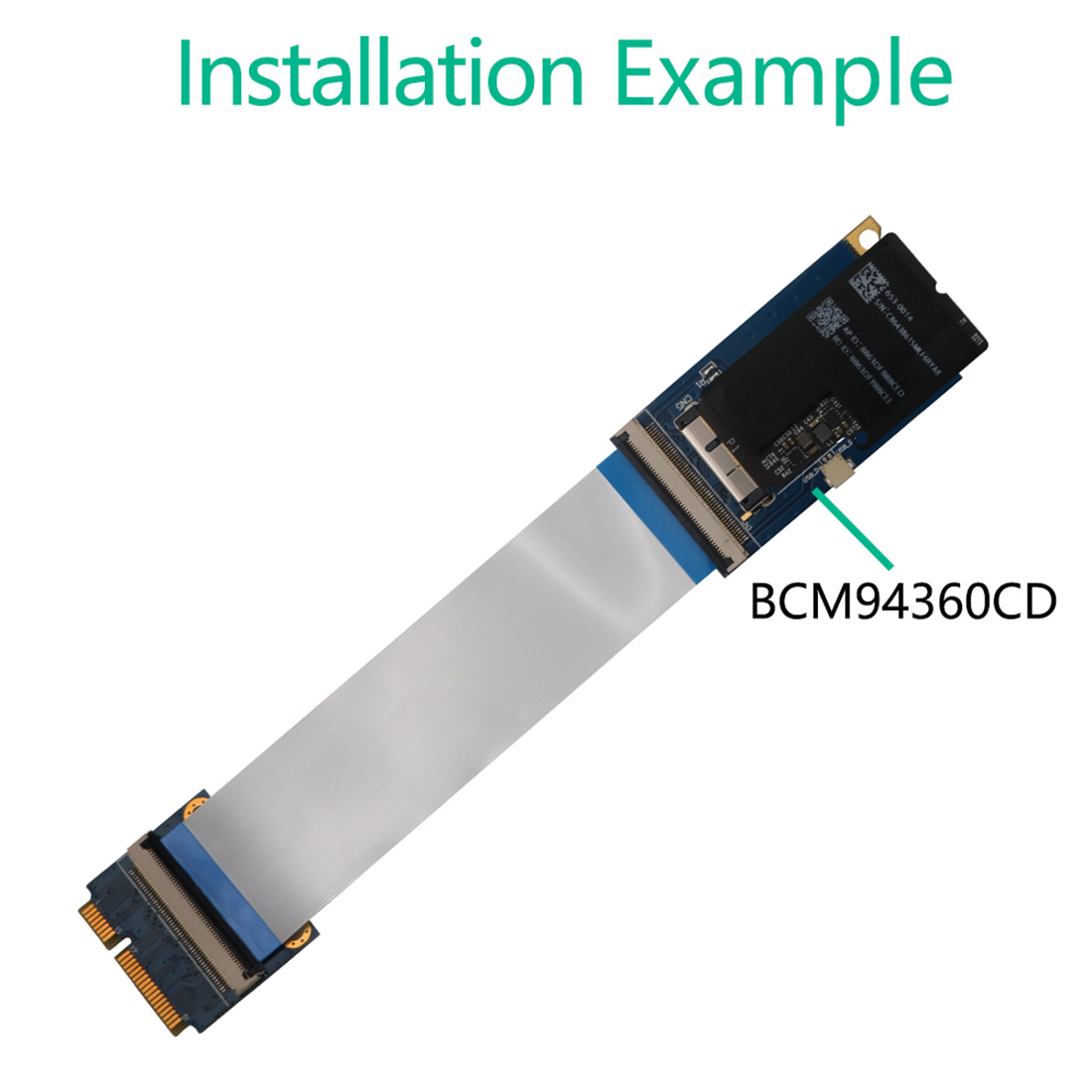
Good Electromagnetic compatibility (EMC) which is in accordance with FCC Part15. Good Anti-electromagnetic interference (EMI) Please contact customer service before buying. Unified networking support simplifies the network infrastructureĭeploy multiple networks and deploy the ideal solution of critical Web applications and the environment in high-performance servers Industry-leading product innovations for I/O virtualization High-volume stable architecture with broad Packing Standard Size (Unit): 20cm*15cm*4.5cmīuild on PCI Express * 2.0 Technology and Intel original 10 gigabit controller technology deliver the performance that demanding applications requireĢ high-performance 10 gigabit SFP+ transceivers connections for slot-constrained servers which be optional and replaceable Network Interface Type: SFP+ Slots *2, two LC fiber-optic connectors, Direct Attach cables PCI, PCI-x and PCI-e or USB are all common iterfaces, and whether or not they'll work on your system depends on what sort of Network Interface Card your system supports.SOPTO 10Gigabit Ethernet Server Adapters X520 SFP+ 2īus Width: x8 lane PCI Express, operable in x8 and x16 slotsįorm Factor: Internal-connected with Intel Xeon 5500 series processor servers For example, you may want an interface card that supports 10 Mbps traditional, or fast Ethernet, and on up to 10/20Gbps! You should also know the type of ports you are connecting them to and the standards your systems support. One other consideration before purchasing network interface cards is the speed that they support. Others support other protocols such as ATM.

You need to think about compatibility with operating systems, ease of installation, and price, especially for large company installations where you'll need many cards. When you are looking to build a LAN or upgrade or replace it, the NIC should be one of the first things you consider.

What to Look for in Network Interface Cards That card receives the frames, converts them into data, and sends it to that PC. An interface card takes data from a PC, converts it into data "frames" that are broadcast onto the network, and sends it to another interface card.

Some are external and attach to computers through serial or parallel ports.

Usually, these fit into expansion slots of CPUs, unless they're pre-installed or integrated into the motherboard. They help computers communicate with servers and other computers on the network. Each computer that is attached to a network requires a network interface card or chip. It allows your computer to "talk" to the network and the network to communicate with your computer. A network interface card (NIC) provides a physical connection to a network.


 0 kommentar(er)
0 kommentar(er)
